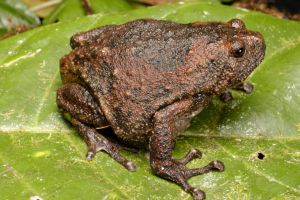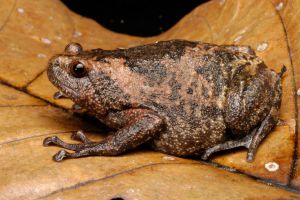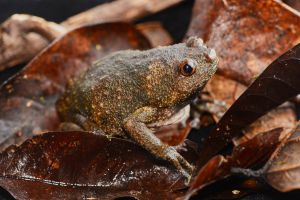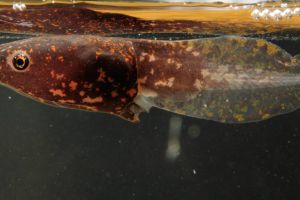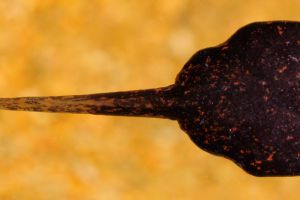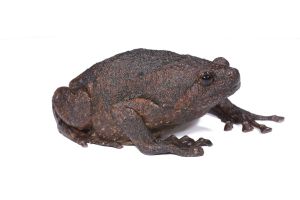
Frogs of Borneo

Frogs of Borneo

Frogs of Borneo

Frogs of Borneo

Frogs of Borneo

Frogs of Borneo

Frogs of Borneo

Frogs of Borneo

Frogs of Borneo

Frogs of Borneo

Frogs of Borneo
Bornean Families
Kaloula:
baleata
Brown Bullfrog
Kaloula baleata is common in the Sunda region and, unlike K. pulchra, is part of the native fauna of Borneo. A recent study (Gorin et al., 2024) revealed some genetic and phylogeographic patterning within Sunda K. baleata populations, although this diversity may not represent species-level differentiation. According to the study, however, the populations from Borneo are most closely related to those in Peninsular Malaysia.
This is a medium-sized species, measuring up to 61 mm in snout–vent length (SVL) in males and up to 66 mm in females. It is a lowland species that tolerates secondary forests and some degree of anthropogenic alteration, such as forest edges, ditches, and artificial ponds.
The dorsal coloration of K. baleata is brown with irregular dark brown patches and no stripes. However, the coloration may appear lighter at night. The body is stocky, and the fingers bear broad adhesive discs at the tips, which give this frog surprisingly good climbing abilities despite its clumsy build. It can sometimes be found in trees, on trunks and in treeholes. It also has burrowing capabilities and may hide in accumulations of plant debris in the forest. These frogs are generally very secretive.
Males emerge from hiding after strong and prolonged rainfall or call from concealed positions within plant debris. They may take advantage of human activity to some extent, using shallow ponds in clearings and ditches at forest edges for reproduction. Males have also been heard calling during the day from hidden spots near a naturally flooded depression in alluvial forest. Despite its size, the species appears to prefer relatively small prey, such as ants.
Tadpoles are dark brown to black dorsally, with lighter marbling. They are highly specialized suspension feeders. Keratinized mouthparts are absent, and the spiracle is positioned medially and far posteriorly. Development is relatively fast, and larvae reach approximately 32 mm in total length.
Version tracking
-
06.08.2025
update record
